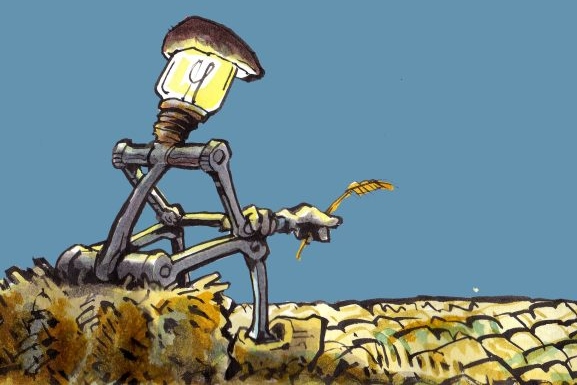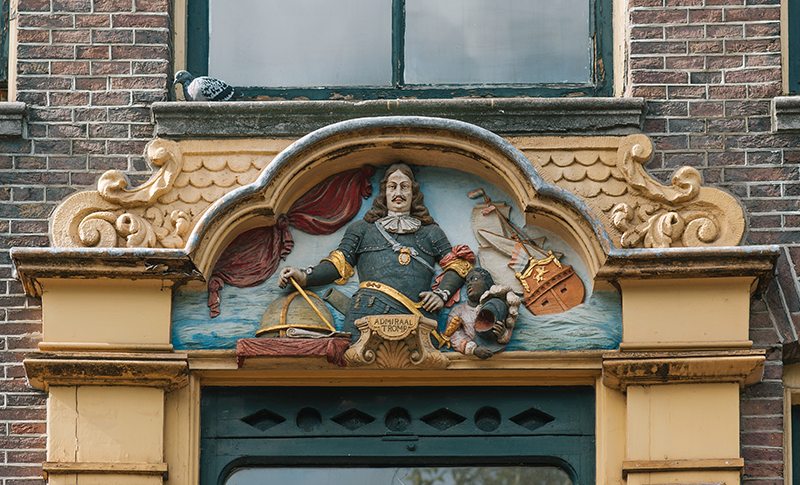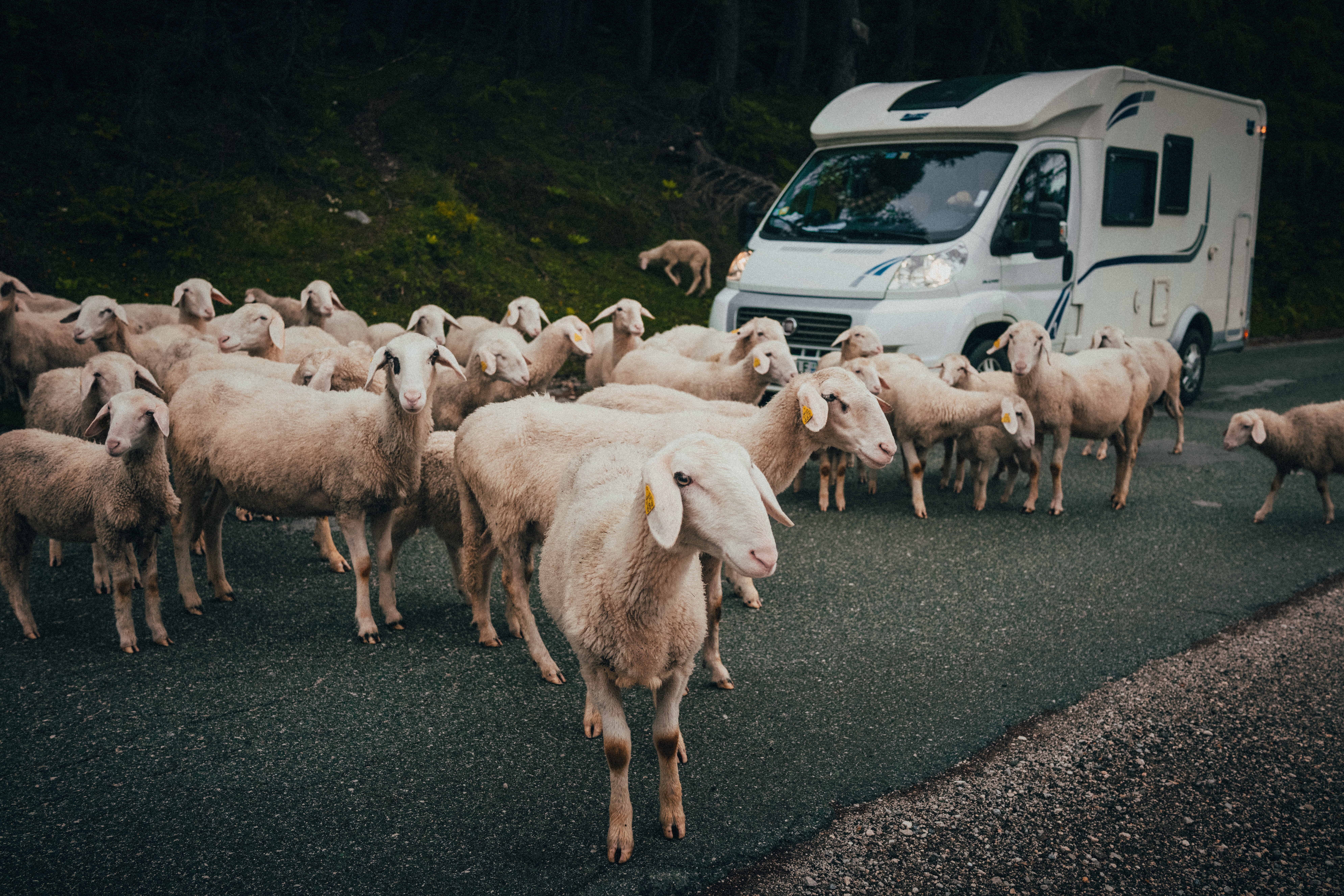Guido Sala, who teaches in the department of Physics and Physical Chemistry, has been working in his spare time over the past few years on his doctoral research on the gastronomic history of Rome. ‘Food can be a starting point for reconstructing parts of history.’
‘I am amazed that a city of one million inhabitants, 2000 years ago, could be kept supplied without all the cooling and transport techniques we have nowadays,’ says Guido Sala. His fascination with history – particularly ancient history – is so strong that about 18 years ago, he decided to do a Bachelor’s degree in history at Utrecht, while teaching at WUR. He graduated with a thesis on Christian symbolism during the rule of Emperor Constantine the Great. ‘When I finished, I though, okay, what next?’
So he consulted a professor at the University of Leiden whose chair group focussed on cultural integration in the Mediterranean in the ancient world, to ask whether he could do a PhD on gastronomic history in his spare time. ‘The professor was doubtful at first, but eventually came to see it as a nice project.’
Sala graduated last November with the second PhD of his career, and with ex-WUR president Louise Fresco as one of his ‘opponents’. ‘Her presence literally brought my Wageningen and Leiden worlds together,’ says Sala.
In his thesis, he reconstructed aspects of the Roman economy and society in the period between the second century BCE and the fourth century CE, based on what the Romans ate. ‘I studied Rome in terms of the Romans’ eating habits, culinary culture and supply chains.’
Taxes
‘The biggest market complex in the city was much bigger than, say an Albert Heijn XL supermarket, including the warehouse. Trade structures such as market complexes were designed for large numbers of people,’ explains Sala. ‘How many? A city can have as many residents as can be fed. Using data from the food supply system, we can estimate that.’
The poor had a more varied diet than we thought. They also ate meat, cheese and fresh fruit and vegetables.
Guido Sala
In that period, Rome was not entirely self-sufficient. ‘Just as we import some of our food nowadays, Rome imported some products from faraway too. Grain, for example, was shipped from North Africa, Sicily and Sardinia,’ says Sala. These regions were part of the Roman Empire and paid taxes to Rome in kind. ‘Olive oil also came from North Africa or Spain. But fresh produce came from nearby. The hills around Rome served as a kind of vegetable garden for the city. It was usual for Romans to forage for food in the woods and fields. Nuts or chestnuts, and wild plants that were used as a kind of spinach or in salads.’
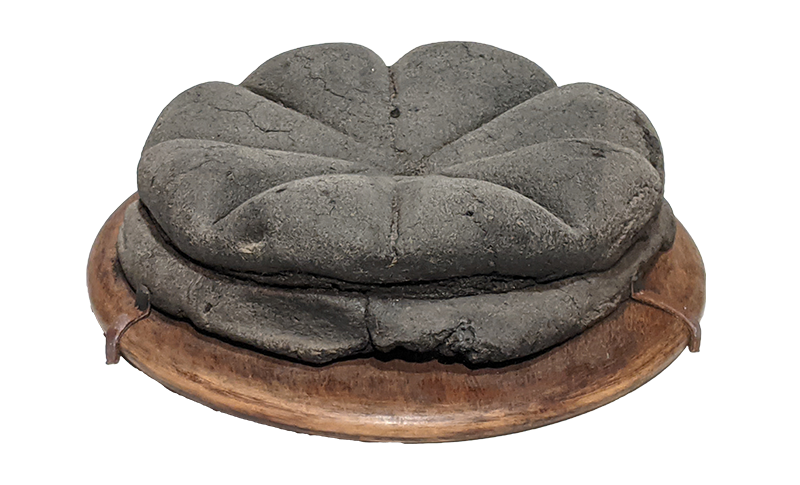
Rich and poor
For his research, Sala used data from organizations such as the UN food and agricultural organization FAO on the relationship between income and the consumption of proteins, carbohydrate, fats, vegetables and fruit in different periods of history and in different parts of the world. He used this data to reconstruct ‘shopping lists’ for four different social classes in Ancient Rome.
‘Actually, we have always divided Roman civilization into two groups: the rich and the poor. We knew what the rich ate because their banquets were frequently described in literature. The poor had porridge, bread, a little wine and occasionally some olives, we thought. My research show that they had a far more varied diet than that. They also ate meat, cheese or other dairy products, and fresh fruit and vegetables. We see that from archaeological digs. But they ate them in smaller quantities than the rich.’
Gastronomic history
‘Gastronomic history is sometimes seen as kind of second-rate history, just a collection of fun facts and anecdotes. But my research shows that it can also be the starting point for discovering information about the structure and size of the Roman economy. Food is a major economic component, and is therefore part of history,’ claims Sala.
And there is interest in the subject on the Wageningen campus. ‘As well as the regular courses taught by our group, I teach a course on the History of Food Production with colleagues from the Rural History chair group. That course grew out of my hobby.’
Food is a major economic component and is therefore also part of history.
Guido Sala
Asked whether and how his thesis has contributed to his work at WUR, Sala has to think for a moment. ‘This experience made me realize that I was getting a bit stuck in my academic ideas and perspectives. The more experienced I became in studying themes within my subject area of Food Technology, the less often I questioned myself as a scientist. That made my world smaller, I realized when I was doing this PhD. And my thesis is interdisciplinary: to answer my research questions, I drew on findings from the agricultural sciences, food sciences, demographics, economics and archaeology. When you have to prove yourself in a new academic field, you understand that you can’t explain the world and life on the basis of a single discipline.’

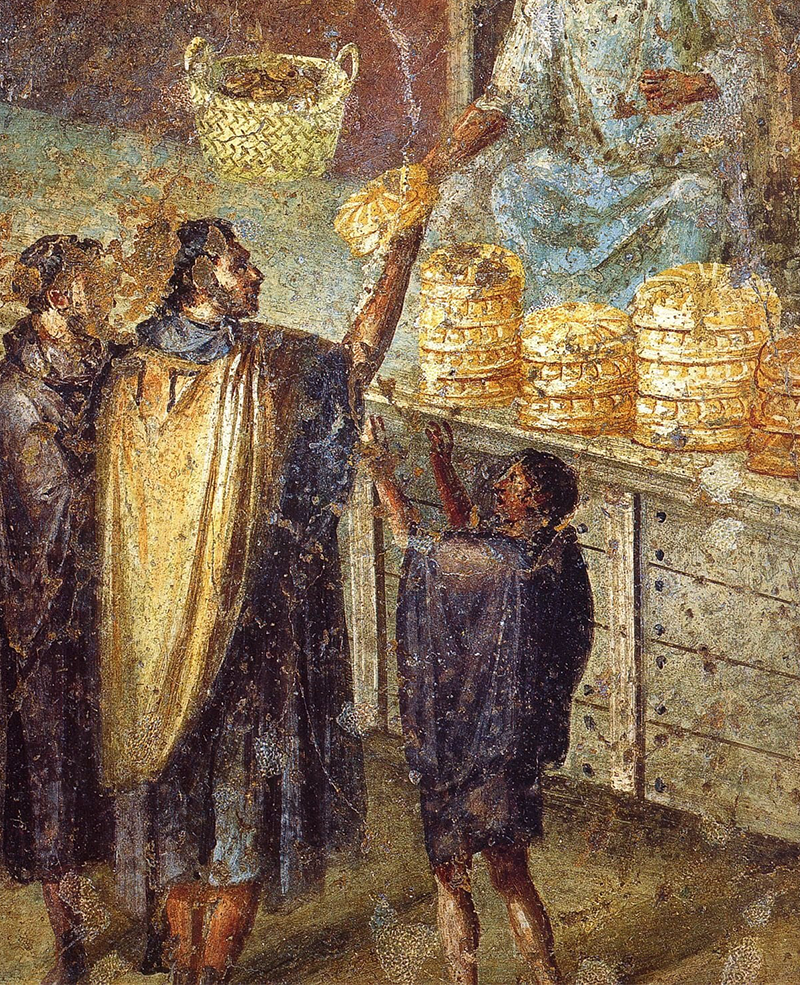 A bakery. Fresco from Pompeii, 79 CE.
Image National Archaeological Museum, Naples
A bakery. Fresco from Pompeii, 79 CE.
Image National Archaeological Museum, Naples 